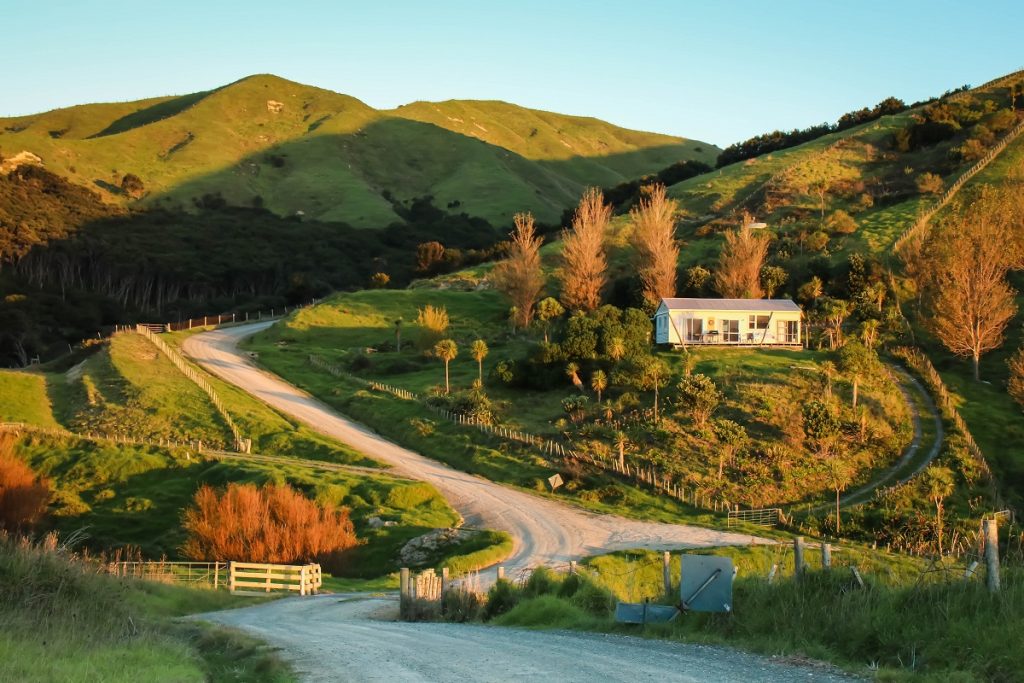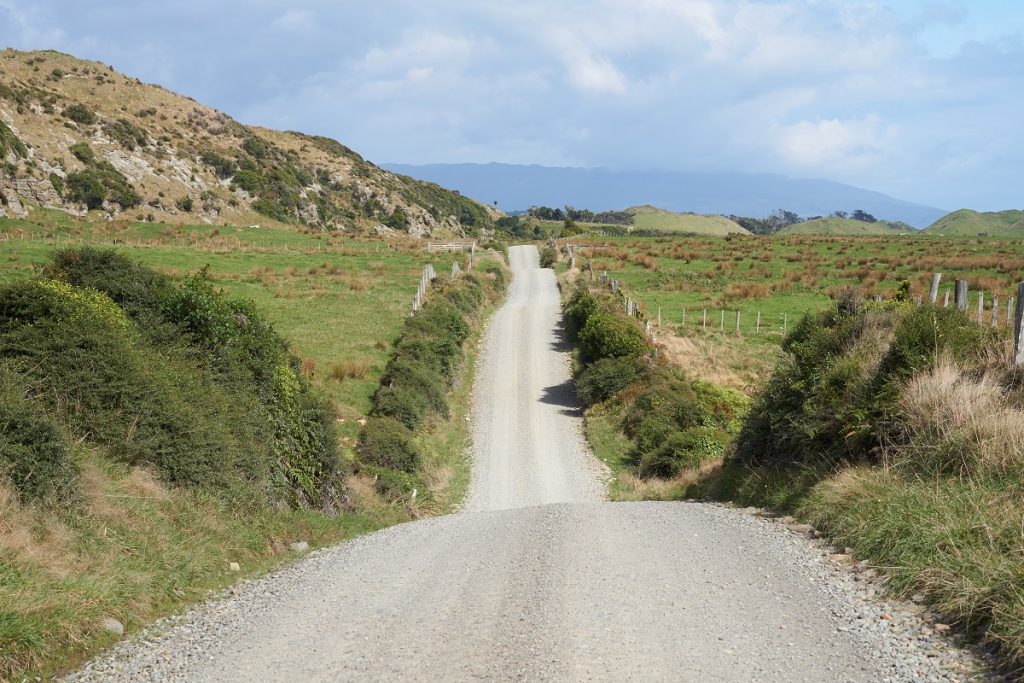Roads made of dirt or gravel are one of the cheapest ways to create functional infrastructure in rural areas. However, they can erode quickly in the face of extremes of weather. Periodic maintenance and careful design can help maximise the longevity of these roadways.
One of the challenges of living in rural areas is the state of the roads. In many rural areas across the globe, streets and highways are typically not paved conventionally. Most backroads in largely agrarian regions are often dirt or gravel roadways, designed to be easy to build.
The elements, however, can take their toll on unpaved roads, which if left unattended, would become unpassable and deteriorate ultimately. Regular maintenance and careful design considerations all play a crucial role in helping keep gravel and dirt roads in operational condition.
Why Gravel or Dirt
Why some roads remain surfaced but not paved is primarily due to the economics of scale. Often, it is less expensive to build roadways out of compacted earth or gravel rather than concrete, which would satisfy the need to carry vehicles over without the ramping costs of pavement—which are often not justifiable in areas receiving very little heavy vehicular traffic.
The Challenges
Dirt and gravel roads are not as resilient as a paved surface. The loose aggregate nature of their surfaces makes them vulnerable to gradual erosion by the wind. Sudden torrential rains—occasionally experienced in desert environments—can rapidly accelerate the erosion of the road’s surface, making the roadway difficult or impossible to traverse.
Because of this, roads made from gravel and dirt are rarely a smooth ride, and gradual erosion is often enough to create a bumpy surface. This is usually worsened in the wake of a downpour, which would develop potholes and unpassable areas of mud.
Resurfacing
Periodic resurfacing is a crucial component in the maintenance of a gravel or dirt road. Regular upkeep can mitigate the action of everyday erosion in a dirt road. Besides, resurfacing should also be done in the immediate wake of an adverse weather condition, especially if it has an overarching tendency to leave potholes in the wake of rain.
Getting the appropriate maintenance promptly, however, is another challenge, especially in public roadways. Entire communities that are dependent on backcountry dirt roads are often left alone until the local government finally addresses the issue. Also, there is often a shortage of skilled engineers and other labourers ready to work on road projects in sparsely populated rural areas.
The owners of private and shared roadways, meanwhile, have the option to hire a grader to have the maintenance done to their roads periodically.
Working With the Land

Adding structural changes such as culverts to dirt roads to improve their resilience may not always be a feasible solution in some places due to the additional maintenance chores that they bring. When necessary, however, culverts must be made bigger than their expected capacity to accommodate for sedimentation.
The very resilience of the road in the face of water can be bolstered by paying close attention to the surrounding conditions of the roadway and by working with nature rather than against it. A few adjustments made to the road structure can help facilitate draining, enabling water to cause the least amount of damage. Some roads, for instance, should have a crown to allow water to drain slowly on either side. Meanwhile, roads built in inclines should be graded to follow the contour of the land.
